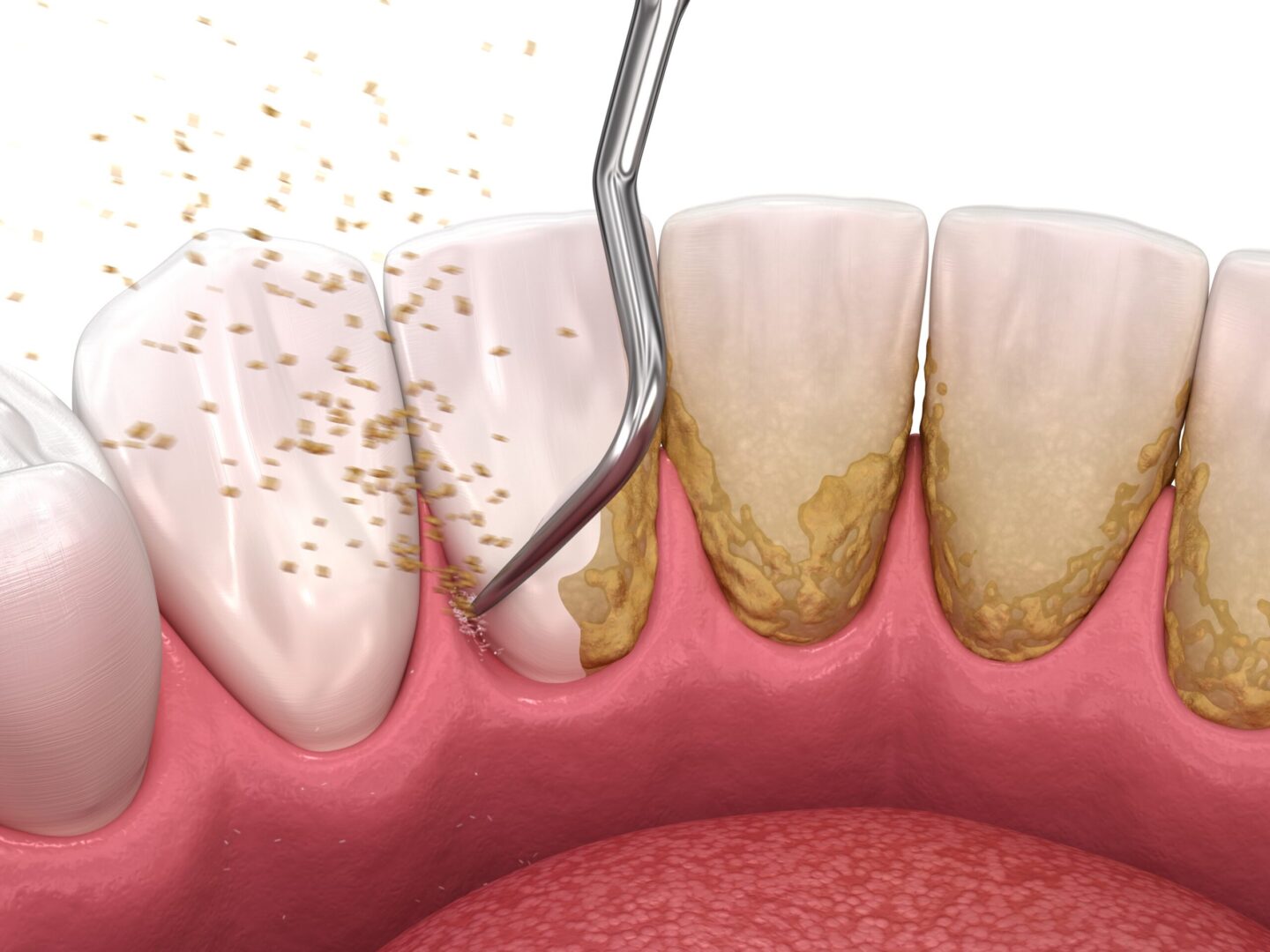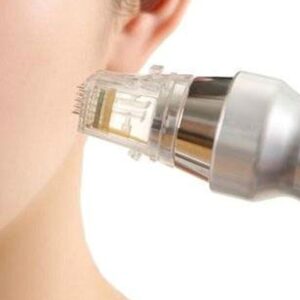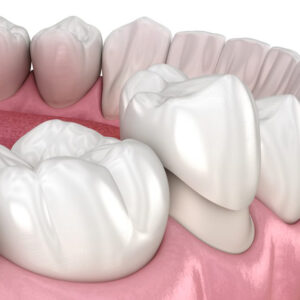Description
Familiarity with Treatment
An adhesive bridge, also known as a resin-bonded bridge or Maryland bridge, is a minimally invasive dental restoration used to replace a missing tooth. It involves bonding a pontic (artificial tooth) to the adjacent natural teeth using a metal or porcelain framework and dental cement. This type of bridge is often used when the adjacent teeth are healthy and do not require extensive preparation for dental crowns.
Procedure
The procedure for placing an adhesive bridge typically involves the following steps:
- Tooth Preparation: Minimal preparation of the adjacent teeth is performed, involving slight etching or minimal reduction to enhance the retention of the bridge framework.
- Framework Fabrication: A metal or porcelain framework is custom-made to fit the prepared teeth and support the pontic.
- Bonding: The adhesive bridge is bonded to the adjacent teeth using dental cement or resin, providing a stable and functional restoration for the missing tooth.
Who is it Suitable For?
An adhesive bridge is suitable for individuals who have a missing tooth and have healthy adjacent teeth with minimal dental work. It is often used when the adjacent teeth do not require significant tooth preparation and can provide adequate support for the bridge.
Who is it Not Suitable For?
An adhesive bridge may not be suitable for individuals with severely compromised adjacent teeth or inadequate bone support. Additionally, individuals with poor oral hygiene or a history of dental decay or gum disease may not be ideal candidates for this type of bridge.
Advantages
- Minimally Invasive: Adhesive bridges require minimal preparation of the adjacent teeth, preserving more natural tooth structure compared to traditional bridges.
- Conservative Approach: The bonding of the bridge to the adjacent teeth eliminates the need for extensive tooth preparation or the use of dental crowns.
- Aesthetics: Adhesive bridges can provide a natural-looking appearance, as the metal or porcelain framework is hidden behind the teeth.
Complications
- Potential Debonding: The resin or cement used to bond the bridge to the adjacent teeth may debond over time, requiring the bridge to be recemented.
- Limited Strength: Adhesive bridges may not be as strong as traditional bridges, and they may not be suitable for areas with high chewing forces.
- Sensitivity: Some individuals may experience temporary tooth sensitivity after the placement of an adhesive bridge.
Preoperative Care
Preoperative care for an adhesive bridge involves discussions with the dentist about the procedure, expectations, and any necessary preparations. A thorough dental examination, including X-rays, may be performed to assess the health of the adjacent teeth and surrounding structures.
Postoperative Care
Following the placement of an adhesive bridge, individuals should adhere to good oral hygiene practices, including regular brushing, flossing, and dental check-ups. It is important to maintain proper oral hygiene around the bridge to prevent complications such as tooth decay or gum disease.
An adhesive bridge is a suitable option for replacing a missing tooth when the adjacent teeth are healthy and minimal tooth preparation is desired. It offers advantages such as preservation of tooth structure and a conservative approach. Thorough preoperative and postoperative care, along with regular dental visits, can help ensure the longevity and success of the adhesive bridge.




Reviews
There are no reviews yet.